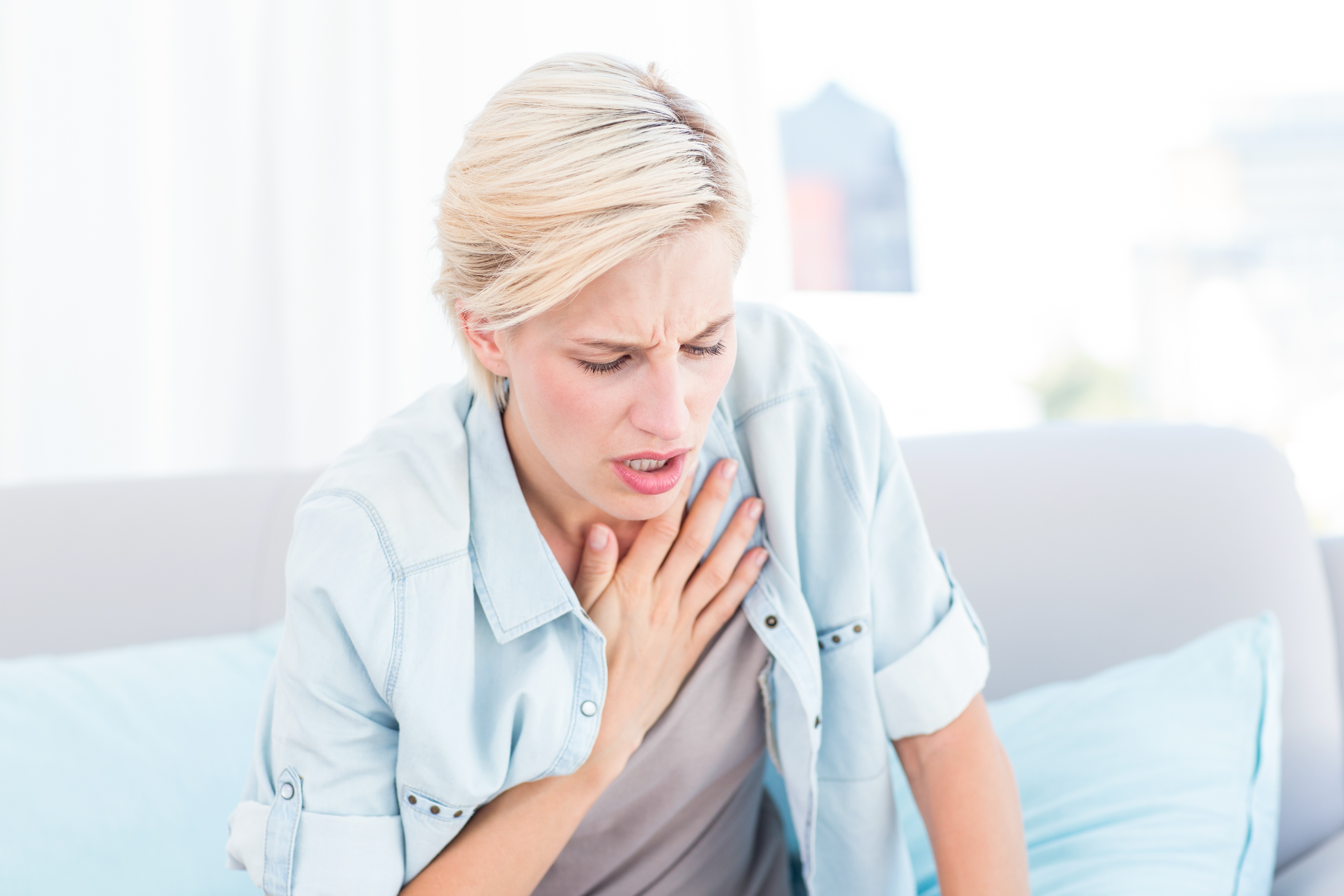Inspect
Old Building? Buiding a New Building? Get it Inspected!
Mold colonies can grow inside building structures. The main problem with the presence of mold in buildings is the inhalation of mycotoxins. Molds may produce an identifiable smell. Growth is fostered by moisture. After a flood or major leak, mycotoxin levels are higher in the building even after it has dried out. Because common building materials are capable of sustaining mold growth, and mold spores are ubiquitous, mold growth in an indoor environment is typically related to an indoor water or moisture problem. Leaky roofs, building maintenance problems, or indoor plumbing problems can lead to mold growth inside homes, schools, or office buildings. Another common cause of mold growth is flooding.
Health problems associated with high levels of airborne mold spores include allergic reactions, asthma episodes, irritations of the eye, nose and throat, infections, sinus congestion, and other respiratory problems. When inhaled, mold spores may germinate, attaching to cells along the respiratory tract and causing further problems in those with weak immune systems.

The most common form of hypersensitivity is caused by the direct exposure to inhaled mold spores that can be dead or alive or hyphal fragments which can lead to allergic asthma or allergic rhinitis. The most common effects are Rhinorrhea (runny nose), watery eyes, coughing and asthma attacks. Another form of hypersensitivity is hypersensitivity pneumonitis (HP). This is usually the direct result of inhaled spores or fragments in an occupational setting.
Removing one of the three requirements for mold reduces or eliminates the new growth of mold. These three requirements are 1) Moisture, 2) Food source for the mold spores (dust, dander, etc), and 3) Warmth (mold generally does not grow in cold environments).
Copyright © 2025 - All Rights Reserved - Toxic Mold Services
Template by OS Templates